By Michael Reichmann
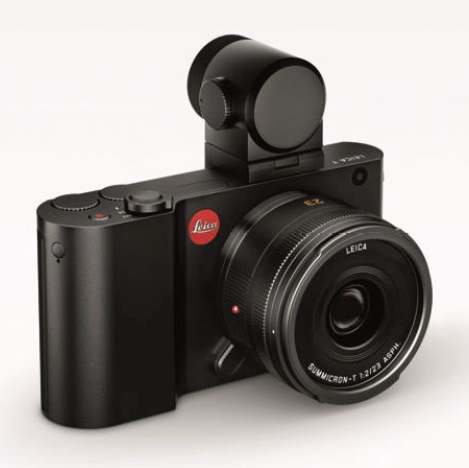
April 24, 2014
I have been a beta tester for Leica for some time, and this report
is based on a pre-production camera, and early firmware.
The camera’s firmware is in constant revision at this time and therefore
no firm conclusions should be drawn about the camera’s performance.
When the Leica T is shipping with final firmware I will update this report
to a full review, with comments on all aspects of performance.
Look And Feel
The wordsexyis one that I have never used before in relation to a camera. Not no how. Not ever. That’s just not the way that I speak or write. But when I recently attended a meeting in New York with senior Leica management, and the new Leica T was put in my hand for the first time, my reaction was emotional rather that pragmatic. “Wow, this is one sexy camera,” are the words that I remember saying, and then I sat for some 10 minutes fondling the camera. Yes,fondling, also a word that I have never used before in a camera review.
So – What’s going on Reichmann–losing your grip? Well, maybe a little. But the Leica T is that sort of camera.
The technical specs are straightforward, and I’ll get to them in a moment, but I want to continue describing the almost visceral experience of handling the Leica T.
The body is smooth, yet not too slippery. The body has a very large front grip area that makes holding the camera feel secure. There are just four external controls – a shutter release with On/Off switch, a movie button, and two deeply recessed thumb wheels. There is a pop-up flash which is activated by turning the On/Off switch to a further position. It then extends quite high off the top of the camera. On the base there is, of course, a tripod screw mount, and a battery compartment. The bottom of the battery is in fact the cover, and this presents a very smooth and practical alternative to the too-often all-too-cheap and flimsy doors that many cameras display. That’s it. Nothing else other than an SD card door and slot on the right hand side under ones palm.
Oh yes, there’s the very large 3.7″ TFT LCD with 1.3 million pixels that seemingly covers the entire back of the camera. Indeed the rear of the Leica T looks and feels very much like an iPhone, because the back is one continuous piece of glass that then merges invisibly with the rest of the chassis. Frankly, it makes every other camera on the market today look clunky and old fashioned.
You’ll also notice a unique neoprene rubber lens strap with a unique ringless mounting method that has to be seen to be appreciated.
It should be mentioned that the Leica T’s industrial design was byAudi Design.

After I removed the Leica T from my sweaty palms one of the executives handed me a (heavy) block of solid aluminum, and I was told that this is what the bodies are made from. They are carved from such a solid block by a CNC machine and then polished with some 4,000 manual strokes at the Leica factory in Portugal. The perfectly finished bodies are then anodised in either silver or black and provided with a silky-smooth matte finish. The bodies are then shipped to Germany where they are assembled together with their electronic components, and QC tested. My opinion is that the black model looks sharpest, but the review sample I received was silver and it looks very classy.
In Hand
The first thing that you notice, besides the truly world-class industrial design and lovely tactile feel of the body, is that there are almost no external controls. But, turn the camera on and the large 3.7″ rear LCD quickly answers the question of where the controls are. This is primarily a touch-screen controlled camera. I’ll return to this topic shortly, but I’ll mention that if you’ve ever seen a Leica’s menu screen you’ll understand that there are few companies that do it better. The menus are simply laid out, obvious in their function, and operate in much the same manner as an iPhone or Android phone. Touch, tap, pinch, swipe. A t the time of first shipment there will also be an iOS application called the Leica T App. With it you’ll be able to download, share and otherwise control the camera. Android users will be able download images via wireless LAN to the Browser Gallery of an Android device.
The Leica T does not have a built-in EVF. Instead there is an optional accessory EVF called aVisoflex. This is a new proprietary Leica design (not OEM’d from Olympus as was the case with the M 240’s EVF) and it has a built-in GPS which transmits data to the camera via the device’s accessory shoe connection. By the way, Leica long-timers will smile at the recycling of the nameVisoflex, because decades ago this was the name given a reflex viewing device for M cameras. A cutetip-of-the-hatby Leica to a venerable name.

Leica T with 18-56 Vario Elmar @ 56mm and f/7.1

100% on-screen crop
The Basics
I’m sure that you’ve been all over the web by now reading up on the specs, but here are the basics…
– 16.3 Million pixel size APS-C (23.6 x 15.7 mm) CMOS sensor. Aspect ratio 3:2
– JPG and raw, with DNG raw format. A free copy of Adobe Lightroom is supplied with the camera as a download
– SD/SDHC/SDXC memory cards and 16GB of internal memory
– ISO speeds from 100 to 12,500
– video at 1920 x 1080, 30P and 1280 x 720 30P fps
– exposure compensation at ±3 EV in 1/3 EV increments
– frame rate at 5FPS with a 12 frame buffer
– rear 3.7″ TFT LCD , 1.3 million pixels
This is a well specified compact system camera by any standard. I could complain about the lack of an articulated LCD, but then this would spoil the beautiful lines of the camera. My guess is that many will be buying this camera because of its styling as much as anything else, so I can’t fault Leica for this design decision. But, I miss having one on any camera.
What I can immediately fault them on, even without testing the camera, is the system’s lack of optical stabilization. There’s none in the camera or the lenses. In today’s market some may see this as a serious omission. (There is a Stabilization setting in the menus, but it seems to me to not be optical or sensor based, but electronic in nature, and therefore likely not to be terribly effective. At least it doesn’t seem so to me.)

At The Beach. Toronto, April, 2014
Leica T with Vario Elmar T @ ISO 100
Pricing and Availability
The Leica T Type 701 camera body is priced in the U.S. at $1,850 in either black or silver finish. The SUMMICRON-T 23/f2 ASPH is $1,950 and the VARIO-ELMAR-T 18-56/f3.5-5.6 ASPH will be $1,750. The optional Visoflex EVF is $595 and the M lens adaptor will be $395.
The camera, lenses and accessories are scheduled to be in stores worldwide by May 26.
I find the pricing of the camera to be quite aggressive on Leica’s part. The lenses seem steep, but if they perform as they initially appear to, then I don’t think many will complain. No Leica lens is ever bargain priced.
To save you doing the math, a body, both new lenses, and the EVF together will cost a cool $5,145. But if you just go for the body and zoom you’ll be looking at $3,600. Still pricey, but compared to the fixed lens Leica X-Vario when it came out less than a year ago at $2,850, not so bad, especially when you consider that the Leica T has interchangeable lenses, and the “24-70mm” equivalent zoom has increased in speed a half stop from the X-Vario’s deal-killing f/6.4 minimum aperture to a seemingly more acceptable f/5.6 at the long end.
In short, the X-Vario’s lens (speed notwithstanding) was a remarkable optic. If the interchangeable version for the T is at least as good it will be a killer lens.
The Lenses
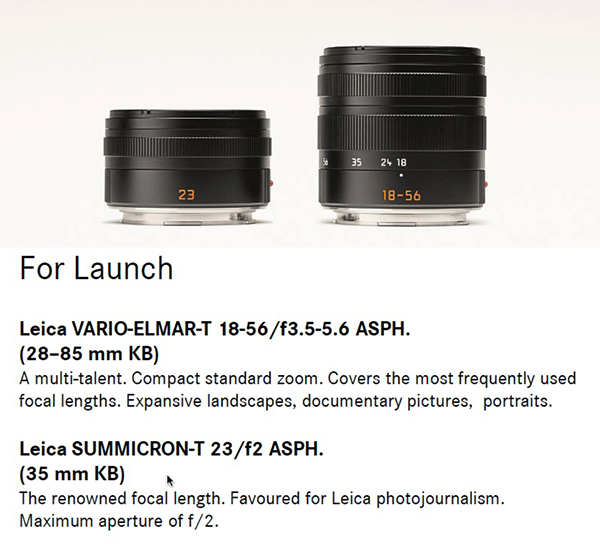
The Leica T mount is the first new interchangeable Leica lens mount since the Leica S mount of 2009. Prior to that there was the R mount of 1964, and the M mount of 1954. These are also Leica’s first interchangeable autofocus lenses other than those for the medium format Leica S.
According to Leica these lenses are made to their design and specification in Japan, and – FYI – they arenotbuilt by Panasonic. When asked directly, I was told that Leica uses an OEM manufacturing company which also makes high-end lenses for a number of other top companies. Is it Cosina? They make Zeiss lenses, no? No, not Cosina. But, regardless of who actually builds them, these are Leica lenses in every respect; fit, finish, and of course, image quality. If these lenses were built at the new Leica plant in Germany my guess is that they would cost 2X what they do now.
The point is that in this world of globalized production,wherethings are made is much less important than it used to be. Your elegant iPhone is made in China. The fantastic V8 engine in my car is made in Mexico, the chassis was designed in Germany, and the body assembled in the US. Who cares anymore? The important thing is quality of materials, quality of build, and quality of design. Put these factors together properly and it makes little-to-no difference where the robots that make most things are located (and by the way, where were the robots made?)
It’s a brave new world, like it or not, and fretting overMade in GermanyoverMade Somewhere on Planet Earth, means little. And don’t forget – some of the best Leica lenseseverwere designed and manufactured in Midland, Ontario, Canada. They were highly coveted then and still are by collectors; the same ones who fuss overMade in Germanyon a camera’s bottom plate. Go figure. Oh yes, the new Leica T bodydoessay Made in Germany.
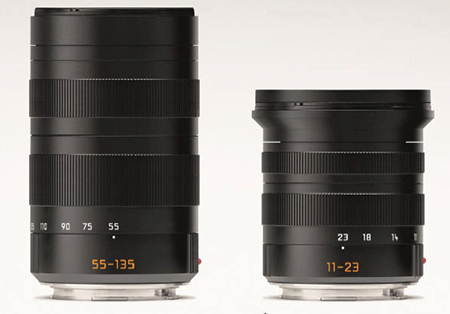
While on the subject of lenses, there are two additional lenses coming in early 2015. The Leica Super-Vario-Elmar-T 11-23 /f3.5–4.5 ASPH, and the Leica APO-Vario-Elmar-T 55–135 /f3.5-5.6 ASPH. These are 17–35 mm and 80–200 mm equivalents in 135mm terms. No prices yet, but based on the first two lenses you can expect them to be north of $2,000 each. Leica optical quality does not come cheaply.
Performance and Features
There is more to a camera than image quality. Much more. How it performs and handles, how responsive it is in ones hands, and numerous ergonomic factors need to be considered. But, as mentioned at the top of this report, the camera under discussion here is a beta version and firmware still has a number of weeks to go until it is locked for shipment.
There are a number of things that differentiate the Leica T from other cameras in this mirrorless category, including several features which some photographers will find lacking. I will list them below. But before I do I should mention that I see the Leica T as not a camera for photojournalist or other pros. Instead it is more appropriately marketed to the affluent amateur who wants a simple to use, and elegantly designed camera. Whether it meets the needs of other constituencies remains to be decided by each individual after a hands-on session with a production camera.
What’s Here?
This is a very minimalist camera from an operational point of view. Yet, it offers a broad range of features and capabilities though these are hidden behind its extremely simple exterior.
I should mention that this is possibly the first serious camera that can be picked up by someone without in-depth photographic experience, and set-up and used without a user manual. It is a bit like an iPhone in that regard. A simple fold-out guide to basic functions is provided, with lots of illustrations, and then you just dive in and figure it out. It’s surprisingly intuitive.
With the exception of the two deeply recessed thumb wheels, there are no physical controls other than the shutter release, and movie button. Everything is controlled via the touch screen and one of two menus. The main screen offers icons that allow for shooting mode selection and shooting screen display choices. A camera icon then leads to the main menu. There is also a secondary menu with less used items one level down.
What works very well is the ability to populate the main camera menu with those items, and just those items, that you need foryourstyle of shooting. This is done by a simple Hold / Drag / Drop, in the same way that one moves items around and groups them on an iPhone screen. Similarly one of the scroll wheels can be given one of several different functions. So, for example, in A or S modes the second wheel can be assigned Exposure Compensation.
The user interface is very much in the current smartphone paradigm. Not that the Leica T is in any way like a Smartphone, but also, like the touch screens we are seeing on higher-end cars, this means of controlling complex devices has a certain appeal. I have to point out that it is not for the power user – who is likely better served by a camera with more accessible controls.
For this reason the serious photographer will naturally gohurrumph, but he or she is not the target customer for the Leica T. Rather, I believe that this is a camera for the well-heeled amateur who wants a camera that is simple to operate, uncomplicated, and has a prestige look and identity. Dare I write that this new Leica fits that description to a “T”.
At my New York meeting with Leica I said at one point that just based on looks and “feel” alone this is the type ofobjet desiréthat a wealthy traveler might see in an airport duty free boutique window and buy on impulse. Have you ever noticed how many expensive watches are found in those stores? Yup, the Leica T will appeal to the same demographic that buys a $5,000 watch at a duty free store while traveling abroad, when they might not do so when at home. It’s just the psychology of money and travel, and Leica is likely to benefit from it with the T. I feel that Leica has hit this particular nail right on the head.
Overall Image and Lens Quality
If you’re looking for an objective, scientific test, you’ve come to the wrong place. I used to use a DxO test system – years ago, but then found that my subjective evaluations always satisfied me more. So, if you’re looking for graphs and numbers, please check with DxO Labs and with sites like DPReview.
Based on limited use thus far, I can say that overall image quality from the Leica T’s sensor is first rate. The T’s IQ is state-of-the-art, and to the extent that there is a Leica “look”, the T has it. Now, this may be a result of using Leica glass, because these certainly have more of a “look” than does a sensor. But, the combination of the two with the Leica T, has a “signature” that Leica aficionados will recognize and greatly enjoy. You can even see it on samples here, at web sizes. In prints it’s quite noticeable.
What’s Missing?
There are a number of competitive features which I feel the Leica T lacks. These may or may not be important to a given photographer.
– no on-screen level indicator
– no exposure lock or focus lock (this could be added in future by making the video button an optionally programmable custom function)
– no optical stabilization, either from the sensor or lenses
There are several other issues in the current firmware, and these are mentioned below, though because they are mostly firmware based possibly some are slated for correction prior to first ship.
Not Tested
I have not had the opportunity to test the Leica T’s video capability, but I don’t expect it to be anything much different from that found in most CSCs today. There is a Leica M lens adaptor which can read the 6 bit encoding on most Leica lenses. Other than testing that this works, I can’t add much at this time. My colleague Sean Reid atReidreviewshas researched this and covers it in greater depth in his just-published Leica T reviews.
Noise Characteristics
Almost all camera with MFT or APS-C sized sensors these days have really quite good high ISO performance. But, for most photographers there’s the need to know how the higher ISOs perform. So here, using my standardized testing protocol, are a series of 100% on-screen crops at the camera’s various ISOs.
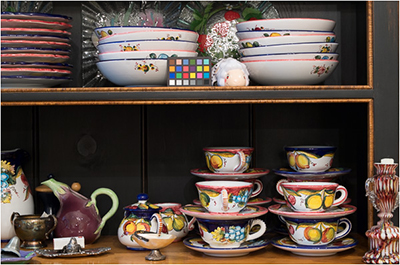
ISOs 100 through about 800 were very clean. 1600 needs a bit of help with post processing noise reduction, and even up to and including ISO 6400 raws can be quite usable with a bit of work.
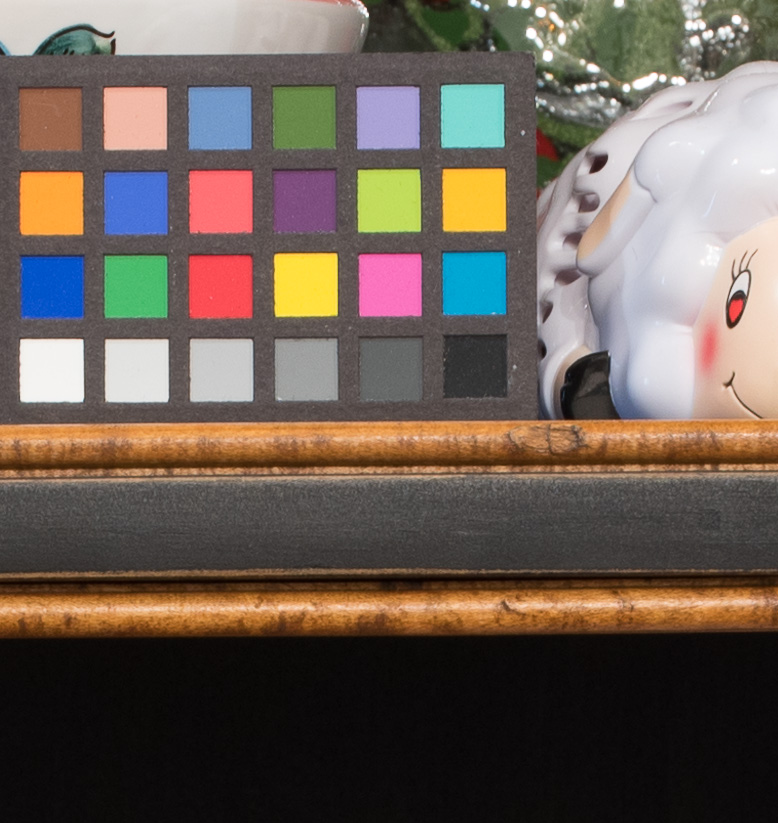
ISO 100
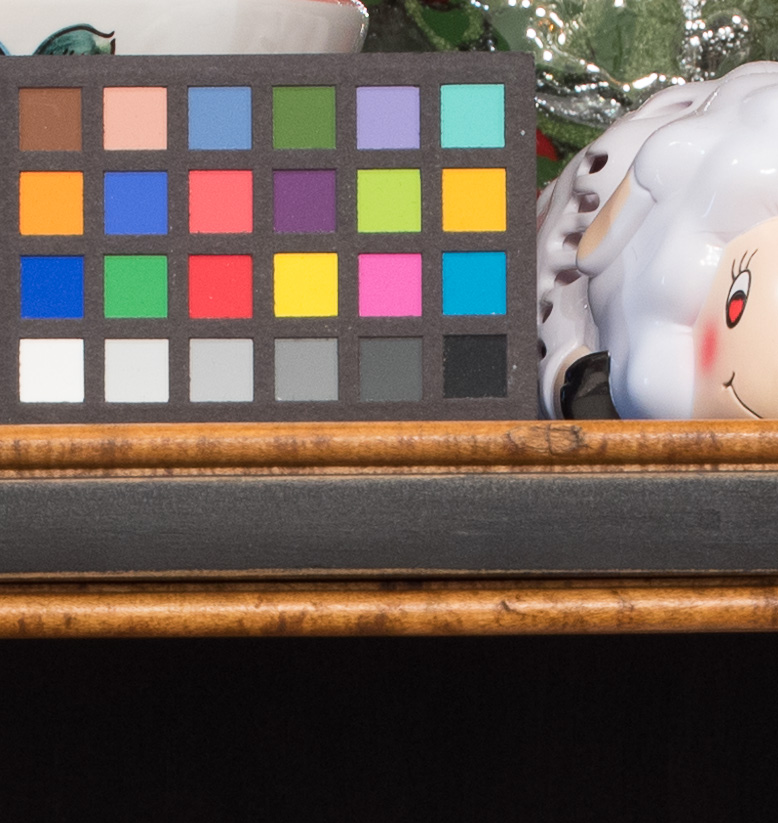
ISO 200
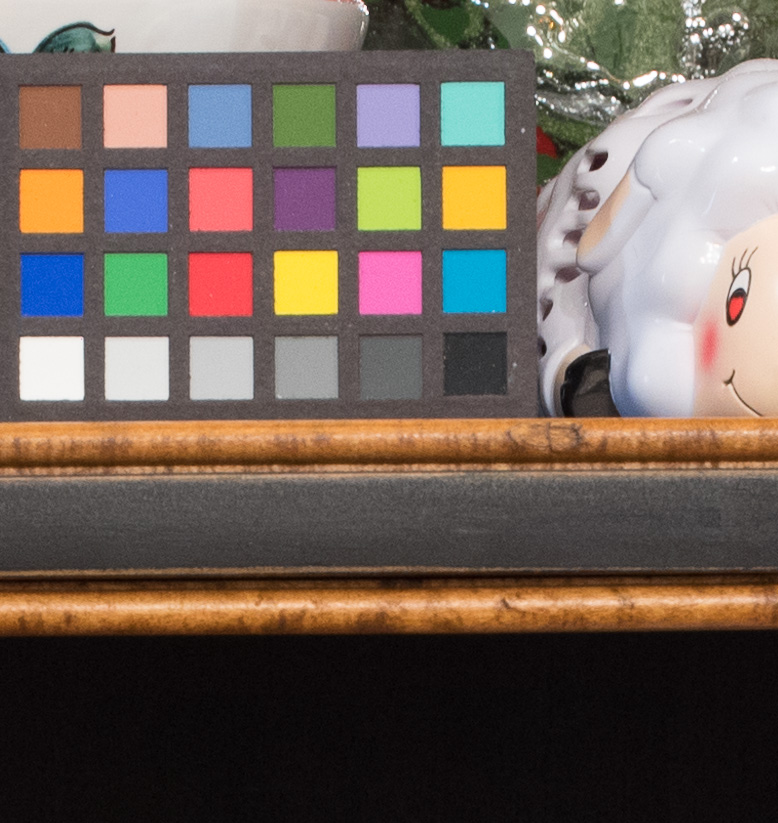
ISO 400
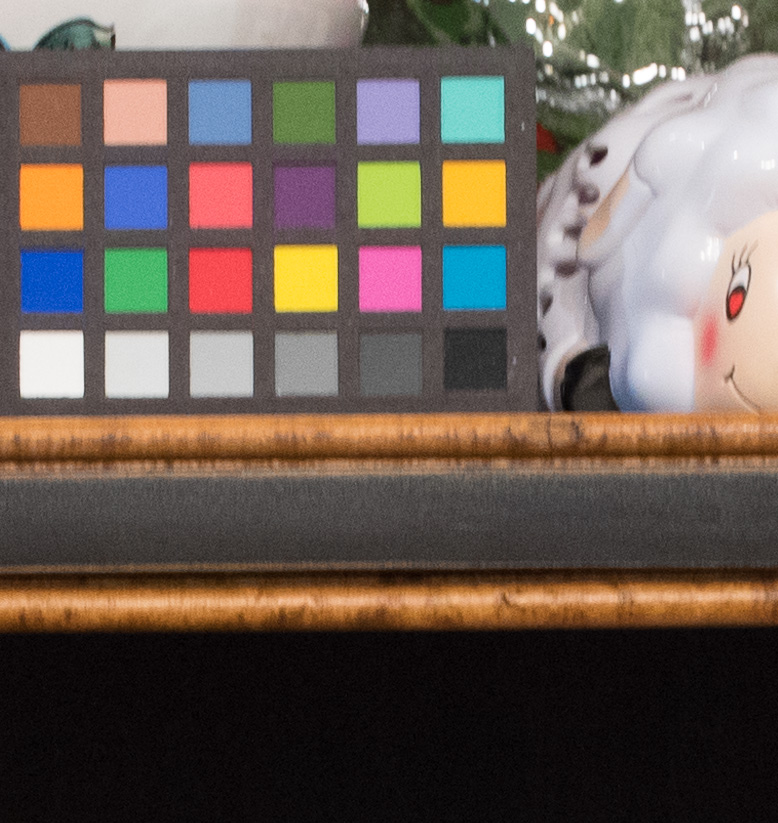
ISO 800
Please note that the ISO 800 shot above is slightly blurred. Since all shots were taken at the same time
and in the same manner (tripod / self timer), I explored the problem and discovered that there appears to be
some shutter vibration at around 1/3rd of a second.
Two test runs showed the same results.
A bit faster or a bit slower a shutter speed and no vibration was detected. It is not clear to me if this an anomaly or not.
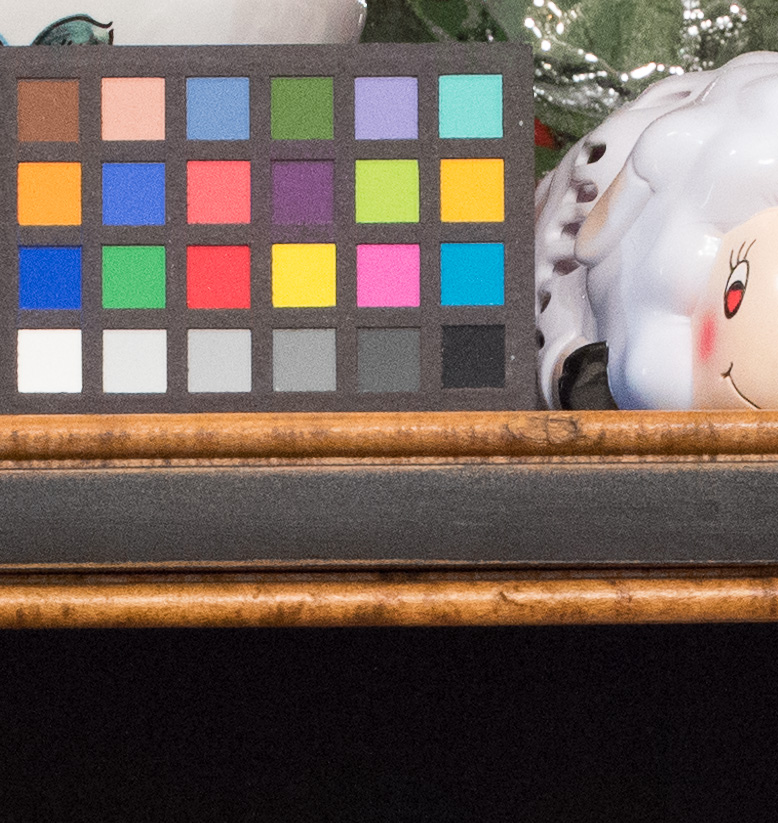
ISO 1600
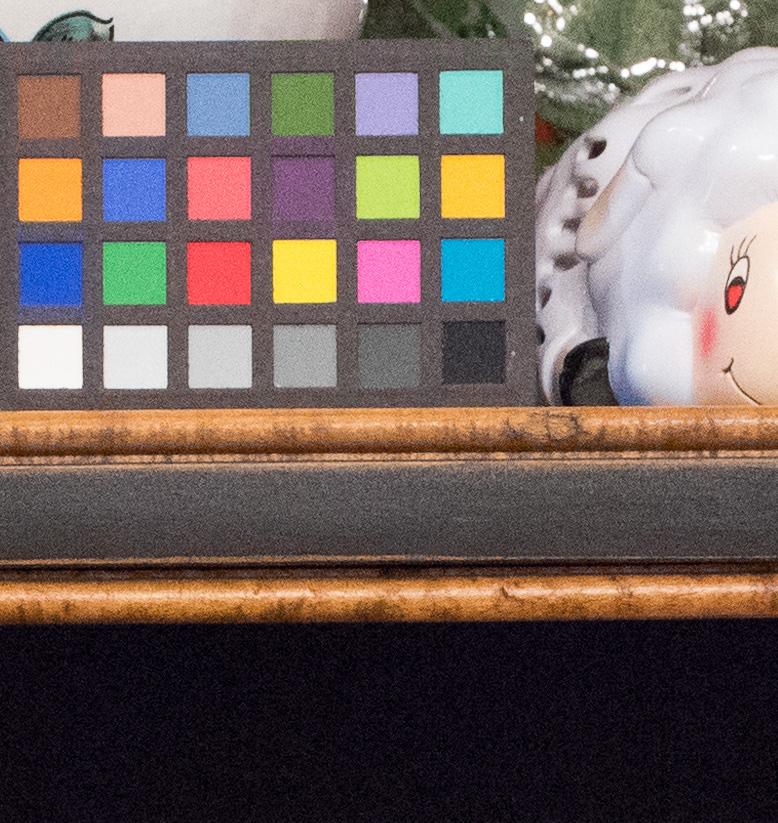
ISO 3200
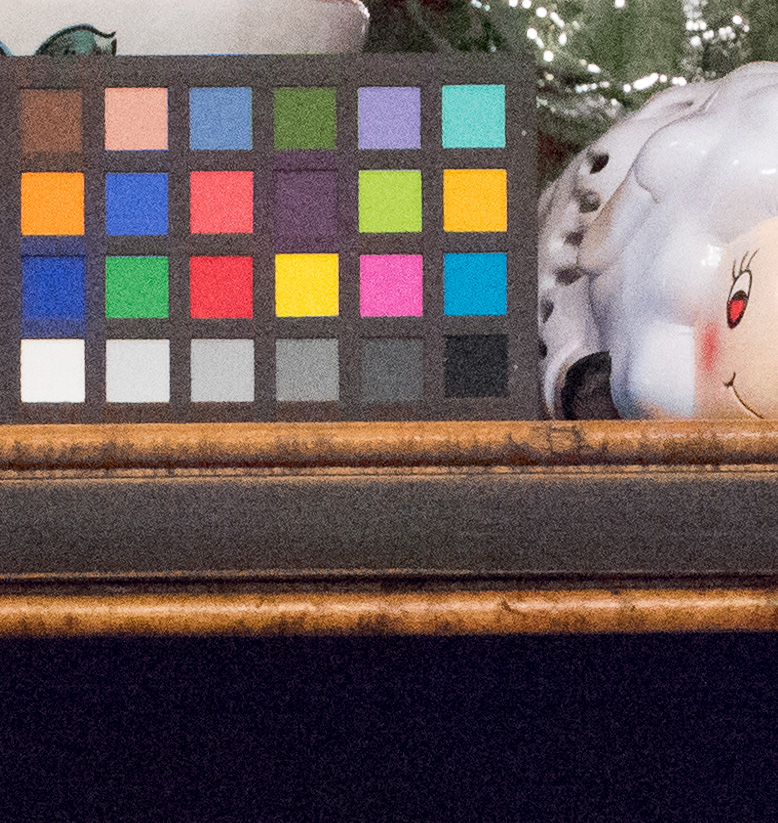
ISO 6400
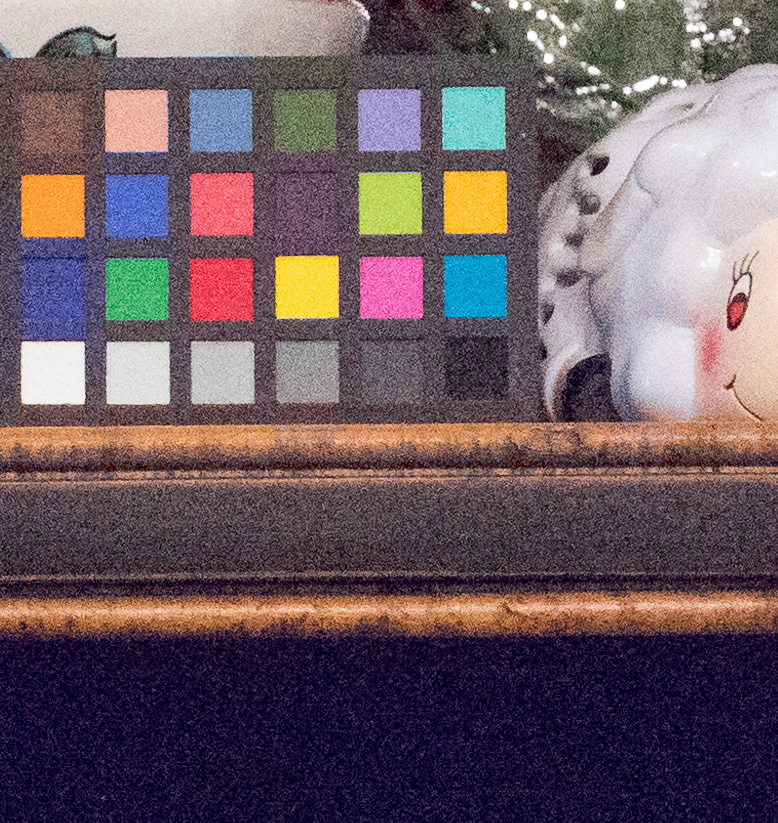
ISO 12,500
Beta Firmware Bugs
As mentioned at the beginning of the page, the Leica T firmware is still in beta. But, a reviewer’s job is to point out what they know, so – a s of 22 April, the following are the critiques that I have forwarded to Leica re the last firmware version. I would expect a number of these will be addressed before the camera first ships to end users.
No focus lock or AE lock. These could and should be user programmable to the Video button.
The detent on EVF tilt is not firm enough.
There is no lock on the EVF diopter adjustment.
There is just single shot or 5 FPS. There should be an intermediate speed, otherwise its not possible to shoot in controlled bursts. Right now it’s all or nothing.
There is no way to turn off Review (the minimum is 1 second). Many photographers do not want instant review on a mirrorless camera, as it blocks their seeing.
If you are shooting in Touch Focus mode, when you try and play back the image by swiping the screen you will unintentionally change the focus point.
When displaying the live Histogram, it disappears when the shutter is half pressed. On a camera without focus lock or exposure lock this is frustrating.
There is no highlight overexposure warning when shooting.
There is no highlight overexposure warning on image review.
There is no focus peaking when manual focusing, though the two stage image magnification works very well.
The self timer is not sticky. It resets after each exposure. This should be a user selectable option. Stay on always, or turn off after each shot.
When formatting there is no confirmation message.
Performance… the current camera is slower in some parameters than other current mirrorless cameras.
The camera cannot shoot only raws. Some users don’t need or want JPGs.
In Summary
As mentioned at the top of this review, I am a some-time beta tester for Leica, and it is based on this experience using the Leica T that this beta report is written. Am I unbiased? Of course not. I have been a mostly happy Leica user since the mid-1960’s and have a friendly relationship with the company. (No, I am not paid in any way for my testing, and I do not get any free gear. Everything goes back to Leica after the test period.)
But a favourable attitude toward a company does not mean that I overlook their mistakes. Long-time readers know thatI call them as I see them.
I have mentioned the camera’s strengths as well as some of its weaknesses. If this doesn’t seem to you to be the kind of camera that hard-core photographers might be interested in, you’d be right. It never was intended to be. The camera itself has nothing like the range of features and capabilities that its prime competitors have to offer, but then it isn’t intended to. Thus any such comparison would be pointless.
The Leica T is not , in my view, intended to compete in the same marketplace as cameras like the Fuji XT, Panasonic GH4 or Olympus OM-D EM-1. Though the body is not dissimilarly priced, the two currently available lenses are priced well above the competition. But then, they are Leica lenses after all.
In its target market – affluent amateurs who want simplicity of operation combined with great image quality, prestigious look, feel, and branding, the Leica T satisfies – to a T.
Michael Reichmann
April 24, 2014
You May Also Enjoy...
Winay Wanya 2
In The Maze©Miles HeckerCLICK ABOVE IMAGE TO SEE GOOGLE MAP LOCATION SEASONS After you first see the ruins you continue a bit further on the
Write For Luminous-Landscape
Write For Us . . .For more than 14 years Luminous-Landscape has been a source for photographers around the world providing articles, tutorials, essays and
